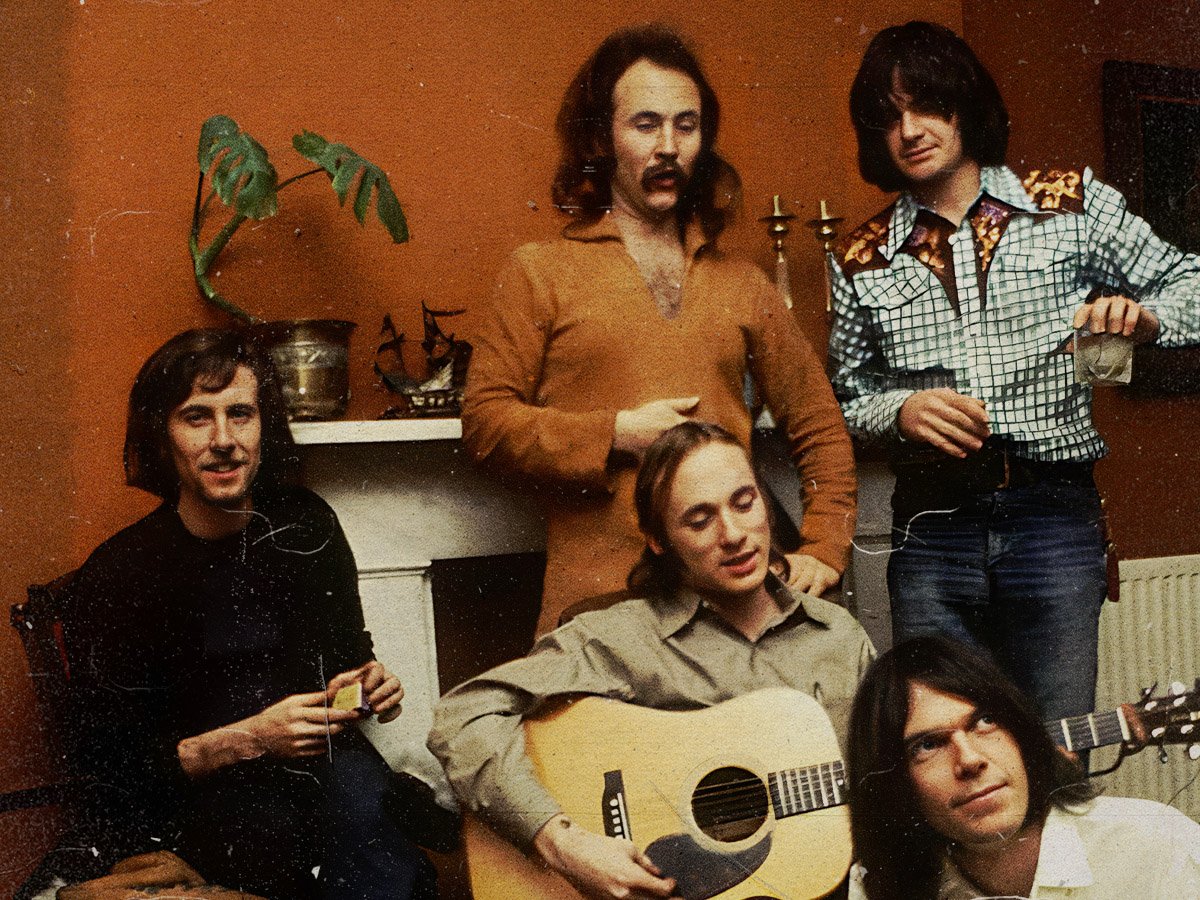
Protest and Peace The Political Voice of Crosby, Stills, Nash & Young
The iconic folk-rock group Crosby, Stills, Nash & Young has long been celebrated not only for their musical prowess but also for their deep commitment to social justice and political activism. Emerging in the late 1960s, the band utilized their art as a platform to voice the struggles and aspirations of their generation. Their music became a soundtrack for protests against the Vietnam War, civil rights movements, and numerous social issues, establishing them as a powerful political voice during turbulent times. This blog examines the reciprocal relationship between protest and peace within their music, highlighting how the band effectively used their platform to advocate for change.
The Soundtrack of a Generation
Crosby, Stills, Nash & Young didn’t just create music; they captured the ethos of a generation grappling with war, inequality, and the yearning for peace. Their songs like "Ohio," which addresses the Kent State shootings, remain poignant reminders of the era's tensions. The raw emotional power manifested through their harmonies provided a necessary outlet for those seeking solace and solidarity amidst chaos. The band’s political activism was not merely a stylistic choice but an authentic expression of their beliefs and a rallying cry for their audience, influencing countless fans to take a stand for peace and justice.
Activism Through Art
The role of Crosby, Stills, Nash & Young in political protest goes beyond their music. They were often seen participating in rallies and writing open letters advocating for various causes. Their song "Woodstock," a tribute to the iconic festival, transcended a mere recount of events; it encapsulated a dream of peace and harmony that resonated deeply with listeners. This ethos was further amplified through their engagement with the audience, creating a shared experience that empowered individuals to raise their voices. The band made it clear that their commitment to activism was deeply ingrained in their artistic identity, fostering a community centered on love and social change.
The Crosby, Stills, Nash & Young shop: A Hub for Activism
The ethos of Crosby, Stills, Nash & Young continues today through platforms like the Crosby, Stills, Nash & Young shop. This space represents more than just merchandise; it serves as a hub for fans to connect over shared values and memories. Here, supporters can find music, collectibles, and memorabilia that symbolize the band's long-standing message of peace and unity. Through this shop, the legacy of their music lives on, allowing new generations to explore the profound impact of their activism. The items sold reflect the spirit of the 60s and 70s, bridging the gap between the past and future as fans seek to continue the conversation around social justice and equity.
A Lasting Legacy
As we look back at the contributions of Crosby, Stills, Nash & Young, it becomes evident that their journey exemplifies the intersection of music, protest, and peace. Their legacy is a testimony to the power of art in advocating for change, breathing life into a continuum of activism that persists today. The band's ability to translate their passion for justice into resonant music has cemented their place in history, inspiring countless artists and activists alike. The political voice of Crosby, Stills, Nash & Young remains a potent reminder of what can be achieved when creativity collides with purpose—an enduring call to strive for a more just and peaceful world.
